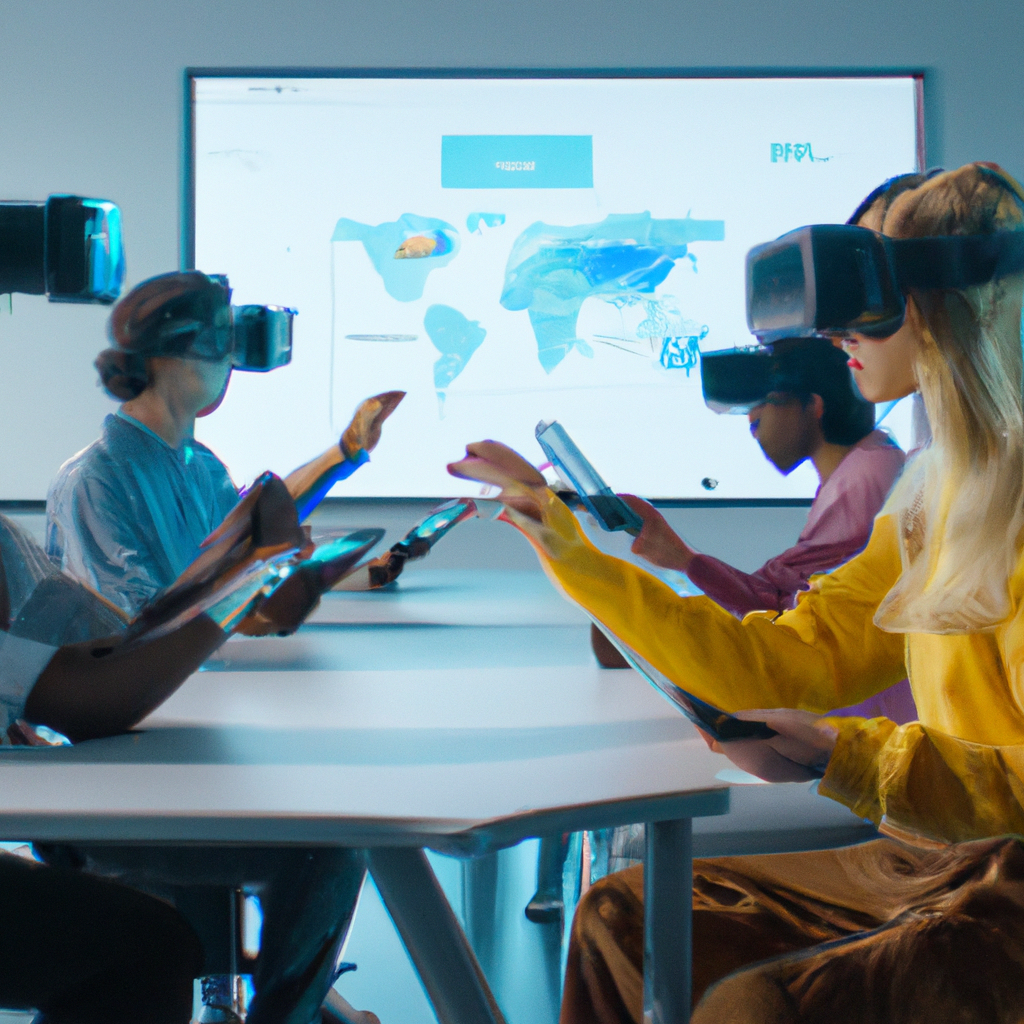Revolutionizing Education: How Digital Learning Platforms are Shaping the Future
In 2025, the landscape of education continues to transform dramatically with the integration of digital learning platforms. These platforms are not just supplementary tools anymore; they have become central to the educational experiences of millions globally.
The Rise of Digital Learning Platforms
With advancements in AI and machine learning, educational platforms have become more adaptive, providing personalized learning experiences that cater to the individual needs of students. This shift not only enhances engagement but also improves learning outcomes by addressing students’ specific weaknesses.
Personalized Learning at Scale
One of the key features of modern digital platforms is their ability to scale personalized learning. Algorithms analyze student data to create custom lesson plans and learning paths, making education more accessible and inclusive.
Interactive and Immersive Learning Environments
Augmented reality (AR) and virtual reality (VR) are being employed to create immersive learning environments that simulate real-world scenarios. These technologies help students understand complex concepts in a more engaging and practical way.
Global Collaboration and Learning
Digital platforms facilitate connections between students and teachers across different geographies. This global classroom setting encourages diversity and cultural exchange, enriching the learning experience.
Challenges and the Road Ahead
Despite the benefits, challenges such as digital divide and data privacy continue to pose concerns. It is imperative for educators and policymakers to address these issues to fully leverage the potential of digital learning platforms.
As we look to the future, it is clear that digital learning platforms will continue to play a crucial role in shaping the educational landscape, making learning more engaging, accessible, and tailored to individual needs.






